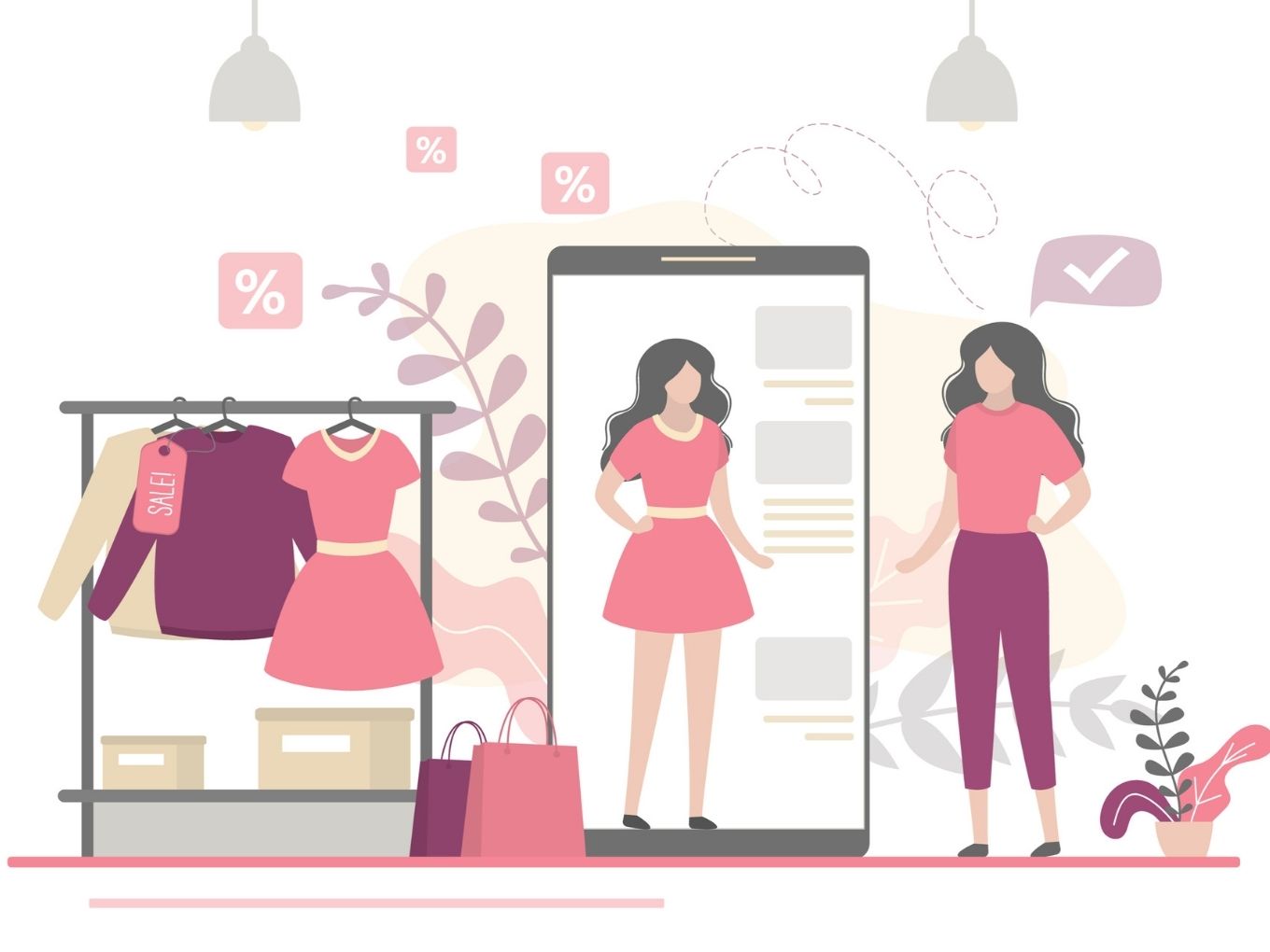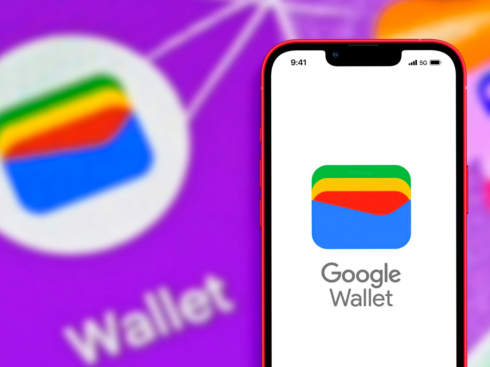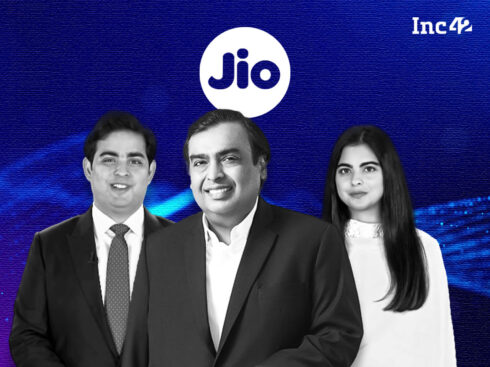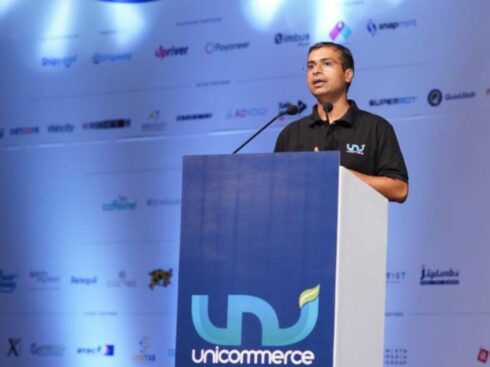
SUMMARY
The global fashion industry growth is expected to slow down further to 3 to 4%, McKinsey Global Fashion Index
Virtual try-on began as a marketing strategy by cosmetics brands which integrated mirror and color try-on feature into their apps
Virtual try-on technology not only provides a good experience to try before you buy virtually but also, solves the problem of fitment
Shopaholics’ the pre-pandemic pastime of scouting new looks using a variety of clothes, jewellery, eyewear, cosmetics, and accessories have given way to an advanced, more socially distant ritual: trying on clothes and other products through the webcam on a phone or a digital mirror.
The pandemic is reshaping the way people shop. Though stores have reopened they have reoriented to avoid interaction: product testers have been put away and fitting rooms are taped off at many places. People would like to try things virtually, either at the store or online.
According to the McKinsey Global Fashion Index (MGFI) 2020, the global fashion industry growth is expected to slow down further to 3 to 4%. The pandemic also has brought the fashion retail industry under extreme pressure to innovate through their interaction with consumers and also, product ranges.
The retailers are now following a digital-first approach and fully leveraging new technologies to face the challenge successfully. And, brands have found a new way to continue what is known as an integral part of the shopping experience i.e. letting the customers try the product but virtually. All these fashion products are cosmetics, shoes, apparel, eyeglasses, or even a new haircut can be tried at home on a smartphone or laptop. For the instore, there are smart digital mirrors.
Big fashion brands are leveraging this virtual try-on technology extensively to continue business in these uncertain times.
The Power Of VTO
Major fashion retailers have dabbled in technology for years, quietly testing apps designed to replicate or enhance the in-store shopping experience. These apps have been on the rise – previewing furniture in your home with brands like IKEA to virtually trying on luxury fashion shoe brands like Gucci and Louis Vuitton.
These efforts intensified multifold after the coronavirus outbreak led to the closures of hundreds of thousands of stores. Now, fashion brands are subscribing to virtual try-on in a variety of ways to drive engagement, increase sales, and fight back returns. Once a rarely found feature among luxury brands, VTO, has quickly become a significant technology for all the retailers.
Why VTO Is Popularising So Much?
Of course, the pandemic is one reason but it is not the only one. Though pandemic has given a boost to the adoption of VTO, it is not what initiated the adoption of technological advancements by fashion retailers. Let’s see why so much of this is happening now?
Growing Consumer Expectations
Virtual try-on began as a marketing strategy by cosmetics brands which integrated mirror and color try-on feature into their apps. The idea became popular as consumers were able to try different shades, match them with their skin tonality and dresses before buying. Also, today’s consumers especially millennials are used to using different face filters on their favorite social media apps.
Taking a cue from this trend, Fashion brands have started leveraging the virtual try-on to their advantage and extended it to other areas like apparel, eyewear, jewellery, or other accessories and are successfully expediting their recovery process amid the pandemic. Consumers are also loving how they can try clothes and accessories from the comfort of their homes or having a contactless experience in the stores
Technology Has Developed
Another reason is the fact the technology has evolved up to the expected mark. With the advent of ARKit and ARCore from Apple and Google on their phone platforms, it is now more effective, affordable, smarter, and more realistic. A few years ago, augmented reality and artificial intelligence that was needed to provide a realistic mapping to the human body was not there and even if it existed, it was not affordable.
One another area is to be able to measure for fitment which is the biggest reason for returns. Once returns were a bigger problem only online as customers didn’t have an understanding of the fitment. Post-Pandemic, this has become a big problem instore as well.
Virtual try-on technology not only provides a good experience to try before you buy virtually but also, solves the problem of fitment. What more, embedding the business logic, based on the customers’ height, weight, body and face contour, skin color and texture, even Styling advisory can be provided making the whole shopping in a self-directed way
Virtual Try-On As A Marketing Tool
Brands are not just using virtual try-on to increase their sales, but looking to leverage on creating brand engagement, creating a position statement in the minds of customers for their service as a brand. Now virtual try-on is looked beyond not just a sales tool but marketing & convince tool also for other purposes. With these use cases the adoption of VTO for various categories as been increasing day by day.
Summing Up!
With adoption growing rapidly by brands across the globe, virtual try-on technology is having a moment in fashion retail this year and is going to become a hygiene factor in the next 2-3 years. Successful brands will be the ones that make an early move. Virtual try-on is like a light in the darkness at the moment for all the fashion retail brands which not only transform the shopping experience but remove the fear of pandemic among the customers to try their favourite pair of glasses, shoe, watch, jewellery, jeans, or a t-shirt.
As the technology keeps evolving, the virtual try-on will move to an extent one can’t imagine the way how we would shop in the future. Have you tried your favourite fashion accessory or apparel virtually yet?


























